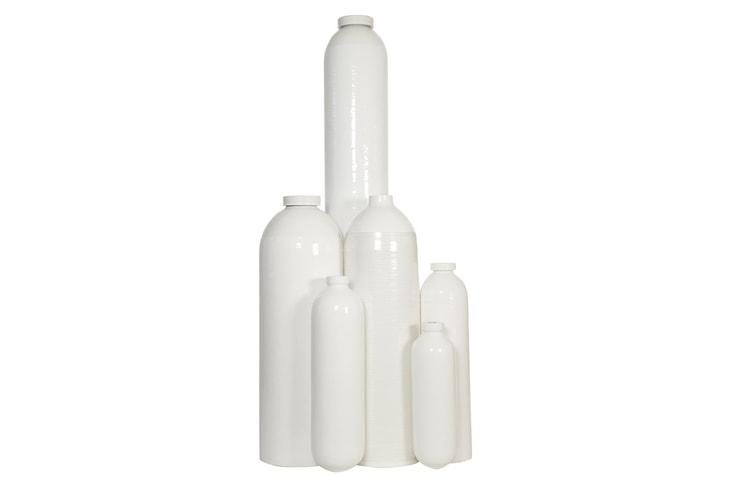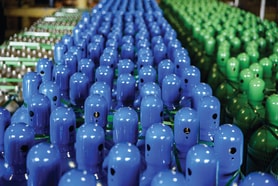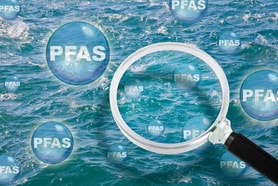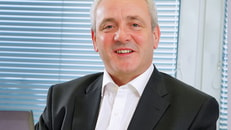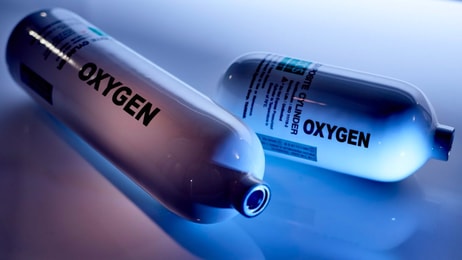Portable oxygen cylinders for medical use
Oxygen was discovered by the English chemist Joseph Priestley. He believed that air mixed with carbon created electricity.
In 1774 he used a 12 inch-wide glass ‘burning lens’ to focus sunlight on a lump of mercuric oxide. During this experiment, he observed that mercuric oxide broke down under the extreme temperature and formed beads of elemental mercury. The mercuric oxide also emitted a strange gas that facilitated flames and opened the respiratory tract, making it easier to breath when inhaled. At the time, Priestley named this gas dephlogisticated air.
In 1774 the French chemist Antoine-Laurent Lavoisier then met with Priestley who told him of this discovery, and Lavoisier began to conduct his own experiments with Priestley’s ‘pure form of air’. In his experimentation he observed that the element was part of several acids and incorrectly assumed that it was needed to form all acids. Based on this thought, Lavoisier used the Greek words oxy (acid) and gene (forming) to create the French word ‘oxygene’ which was subsequently translated to ‘oxygen’ in English, around 1779.
... to continue reading you must be subscribed

